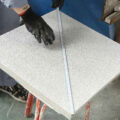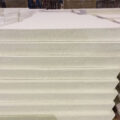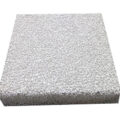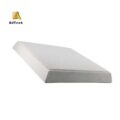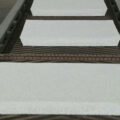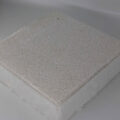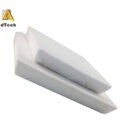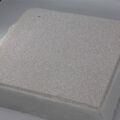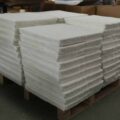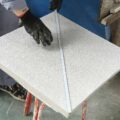As the third-generation filter equipment, ceramic foam filters for molten metal filtration are particularly widely used in metal smelting and casting production. Foam ceramic filters are used in the filtration and purification of molten metal, which has also promoted the rapid development of the domestic metal casting industry, and improved the yield, machining performance and physical and chemical properties of cast metal products.
The three main types of foam ceramics are mainly zirconia, silicon carbide and alumina foam ceramics. Among them, zirconia foam ceramics are used in the casting of high temperature (over 1500°C) steel and high-temperature alloys, and silicon carbide foam ceramics are used in medium temperature (1200°C). The above) copper, iron casting, and alumina foam ceramics are used in the casting of non-ferrous metals such as aluminum and aluminum alloys at low temperatures (about 700°C). The application fields of foam ceramics of different materials are different.

AdTech alumina ceramic foam filters for metal filtration use good portiforium foam and high purity ceramic as raw material, can removes non-metal solid mixture from molten aluminium and aluminium alloy effectively in your aluminium casting industry.
Adtech Ceramic Foam Filter Material Features
- Has the characteristics of light weight, high mechanical strength, large specific surface area, high porosity, good thermal shock resistance, corrosion resistance, excellent performance, and competitive price.
- It is specially designed for filtering liquid metal impurities.
- Due to the distributed pore network structure, the specific surface area can be increased, the sintered ore can be absorbed, the liquid metal becomes purer, and the waste quality problems such as sand holes and air holes are greatly reduced.
- Foundry Filter can make the aluminum liquid fill the cavity more uniformly, and the molten metal has a greater tendency to turbulence during the casting process.
- The turbulent flow is finally transformed into a very stable laminar flow through the three-dimensional pore structure.
- The laminar flow fills the cavity better, reduces the impact corrosion of the metal solution on the casting cavity, and significantly reduces the rejection rate.



